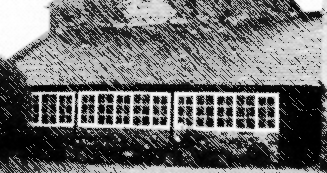

 |
By 1851 there were only 14 families in the village still making nails. File cutting had taken over as the staple trade. The files were hand-cut, no machinery other than a hammer and chisel was used in their production. The week's output of files was often taken to Sheffield by donkey on a Saturday. The men were not subject to the strict controls of the factory system but "had Monday as a day off for football practice, and often little work was done before Thursday. Then they worked all through the night ready for Sheffield on Saturday." |
|
File Cutter's Workshop - High Street |